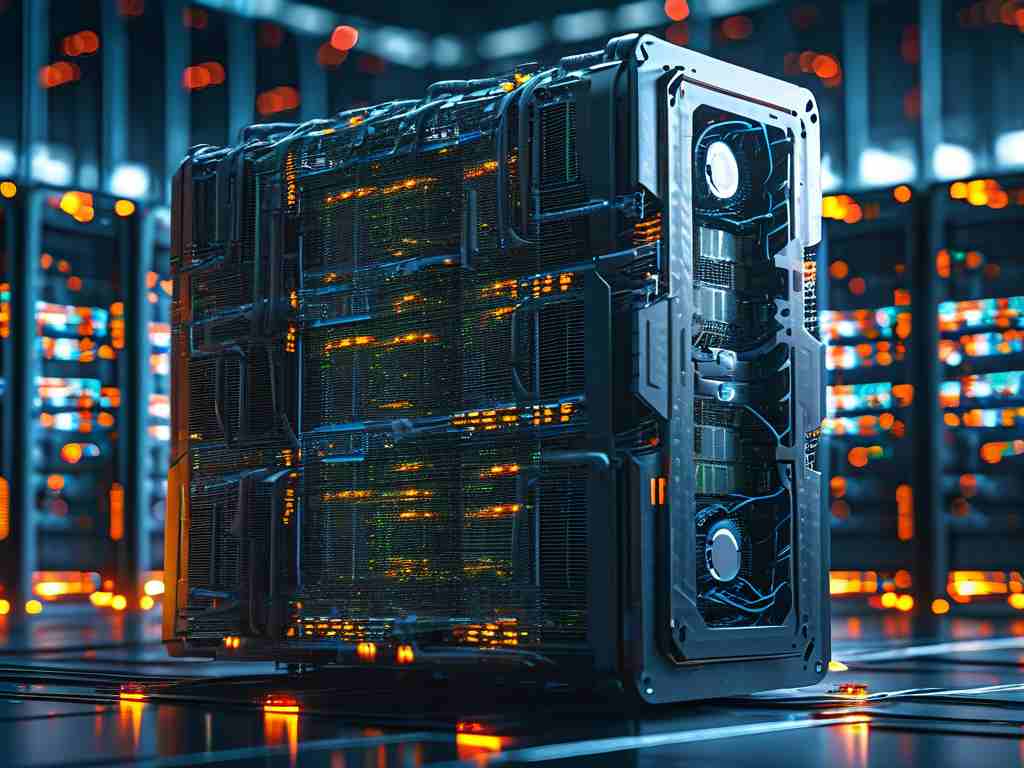As artificial intelligence continues to push boundaries, the computational demands of training large language models (LLMs) have escalated dramatically. At the heart of this challenge lies an often-overlooked component: server memory. This article explores how memory configurations impact AI model training efficiency and why optimizing this resource is critical for modern machine learning workflows.

The Memory Bottleneck in AI Training
Modern LLMs like GPT-4 or PaLM-2 require terabytes of training data and billions of parameters, creating unprecedented memory demands. During backpropagation—the core algorithm for neural network training—intermediate activation values must be stored in memory. For a 175-billion-parameter model, this process alone can consume over 350GB of VRAM, exceeding the capacity of most commercial GPUs.
This bottleneck manifests in two critical ways:
- Training interruptions due to out-of-memory errors
- Performance degradation from excessive data swapping
Memory Architecture Considerations
Leading tech firms employ heterogeneous memory architectures to address these challenges. A typical configuration might combine:
- High-bandwidth memory (HBM) for GPU acceleration
- DDR5 RAM for bulk data handling
- NVMe storage as virtual memory extension
The ratio between these components significantly affects training speeds. Industry benchmarks show that maintaining a 1:4 ratio between GPU memory and system RAM minimizes data transfer latency while maximizing throughput.
Innovative Memory Optimization Techniques
-
Gradient Checkpointing
By strategically recomputing intermediate activations instead of storing them, this technique can reduce memory usage by up to 70%. Facebook's PyTorch framework implements this through:torch.utils.checkpoint.checkpoint_sequential(model_segments, input_data)
-
Model Parallelism
Breaking large models across multiple GPUs requires careful memory balancing. NVIDIA's Megatron-LM demonstrates how tensor slicing across eight GPUs enables training 1-trillion-parameter models with standard 40GB A100 configurations. -
Mixed-Precision Training
Using FP16 or BFloat16 formats cuts memory requirements by half compared to FP32, while modern tensor cores maintain computational accuracy through scaling factors.
Emerging Hardware Solutions
The memory wall problem has spurred hardware innovation:
- Samsung's HBM-PIM integrates processing units within memory stacks
- CXL 3.0 protocol enables coherent memory pooling across accelerators
- Phase-change memory (PCM) promises non-volatile storage with DRAM-like speeds
Practical Implementation Strategies
For organizations building AI infrastructure:
- Profile memory usage per layer using tools like PyTorch Profiler
- Implement dynamic memory allocation policies
- Leverage compression algorithms for activation caching
Case studies reveal that optimized memory configurations can improve training throughput by 3-5× while reducing cloud compute costs by 40%. Microsoft's Azure ML team recently demonstrated how rebalancing CPU/GPU memory ratios cut BERT-Large training times from 18 to 6 days.
Future Directions
As models grow exponentially, memory optimization will require co-designing algorithms with hardware. Techniques like sparse training (where only critical parameters update) and neuromorphic computing architectures hint at fundamentally new approaches to memory management.
The race for efficient AI training now hinges on solving the memory challenge. By combining smart software strategies with cutting-edge hardware, researchers are rewriting the rules of what's possible in machine learning scalability—proving that in the era of large models, memory isn't just a component, but the cornerstone of AI innovation.









